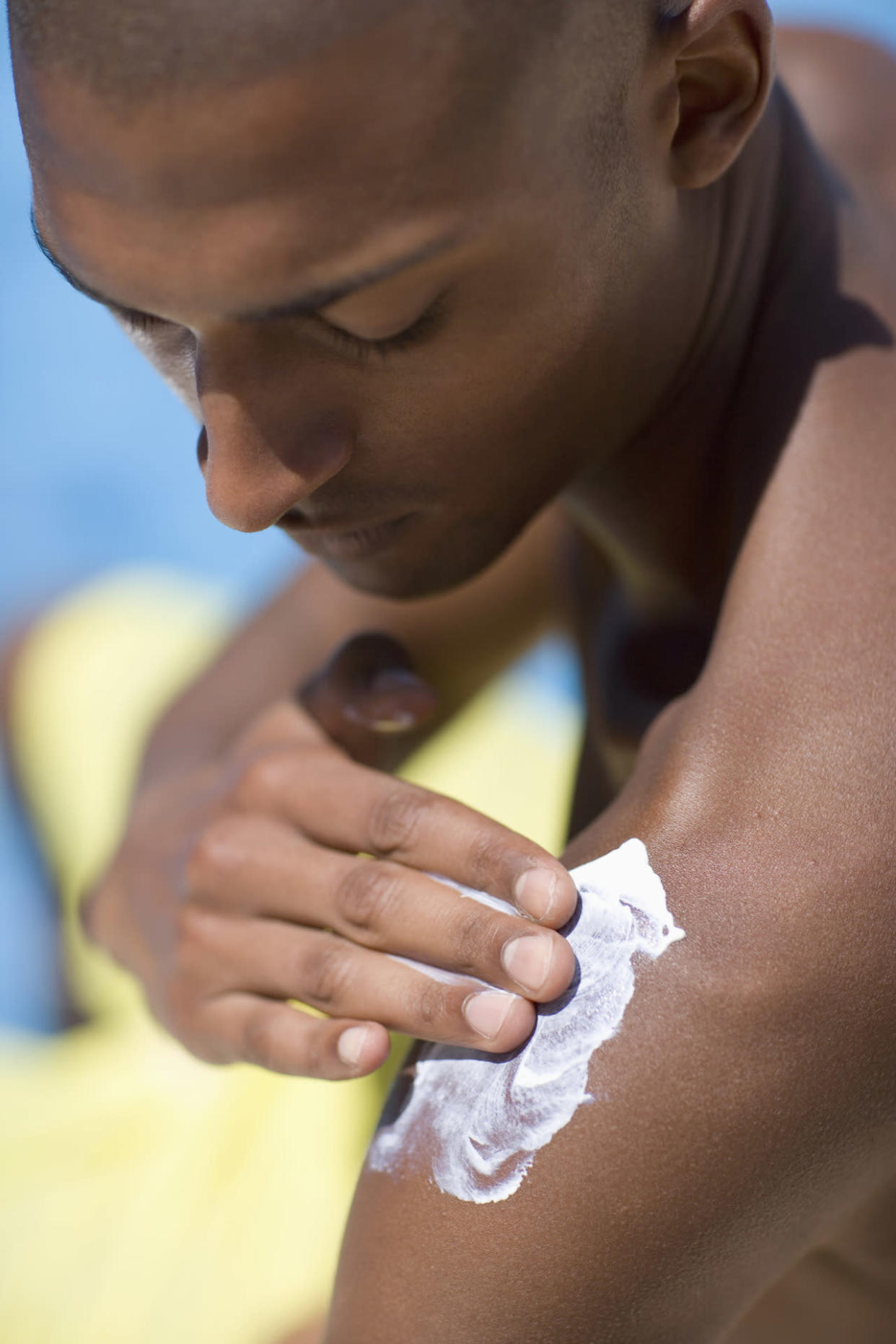Patients With Skin of Color Less Likely to Survive Skin Cancer

A new study published online in the Journal of the American Academy of Dermatology states that while Caucasians have a higher risk of skin cancer compared to the general population — and have the highest incidence of melanoma — people with skin of color are less likely to survive the disease.
Researchers analyzed the data of approximately 97,000 patients who were diagnosed with melanoma over a 17-year period (between 1992 and 2009). And even though Caucasians had the largest number of cases of the disease, they had the best overall survival rate, followed by Hispanic patients and patients in the Asian-American/Native American/Pacific Islander group.
The patients with the worst rate of survival: African-Americans. They were also the group most likely to be diagnosed when the disease reached its later stages.
One of the investigators explains that time may play a part in this alarming news, since patients with skin of color often do not seek immediate medical attention after spotting a suspicious marking. And while it’s still unclear, he adds that there might be biological differences in melanoma among these people, which results in a more aggressive form of the disease.
Related: Why Would These Experts Fail to Recommend Skin Cancer Screenings?
“Because skin cancer can affect anyone, everyone should be proactive about skin cancer prevention and detection,” says study author Jeremy S. Bordeaux, MD, a board-certified dermatologist, in a press release. “Don’t let this potentially deadly disease sneak up on you because you don’t think it can happen to you.”
According to statistics from the American Cancer Society, cancer of the skin is the most common of all cancers, and the rates of melanoma — which accounts for just 1 percent of skin cancers — have been rising over the last 30 years. The group estimates that 76,380 new melanomas will be diagnosed this year, while 10,130 people are expected to die of the disease.
“As a dermatologist, this information is not a surprise,” Kaleroy Papantoniou, MD, a board-certified cosmetic dermatologist and a clinical instructor at Mount Sinai Hospital in New York City, tells Yahoo Beauty. “However, it is extremely important for the general population — as well as other medical professionals — to be aware that there have been many previous studies that have also shown similar findings.”
Since ultraviolet radiation exposure is the most preventable skin cancer risk factor, the American Academy of Dermatology recommends applying a broad-spectrum, water-resistant sunscreen with an SPF of 30 or higher. Yet people with skin of color are more likely to develop skin cancer in typically unexposed areas — namely the palms of the hands and soles of the feet.
“And these skin cancers are not usually related to ultraviolet exposures,” adds Papantoniou.
She says the most vital precautionary measure is to be aware of these areas. “Self-examine your feet, hands, groin, and the inside of your mouth every month, and have at least a yearly skin exam,” advises Papantoniou. “It is important that we familiarize ourselves with our skin — this will make it more likely for us to be vigilant and pick up on a new skin cancer. The earlier a skin cancer is found, the better the cure rate.”
Let’s keep in touch! Follow Yahoo Beauty on Facebook, Twitter, Instagram, and Pinterest.


